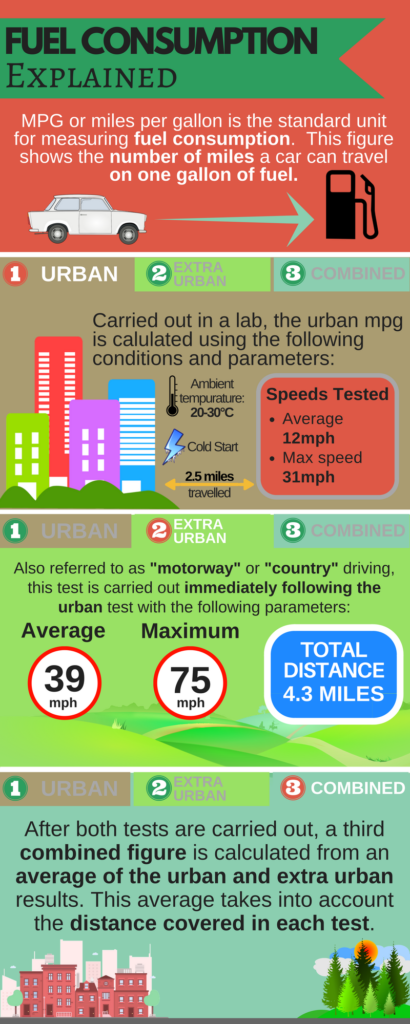

Hybrid vehicles use two or more power sources for propulsion. Fuel efficiency of vehicles can also be improved by careful maintenance and driving habits. There have been advances in all areas of vehicle design in recent decades.

Weight-specific efficiency (efficiency per unit weight) may be stated for freight, and passenger-specific efficiency (vehicle efficiency per passenger) for passenger vehicles.įuel efficiency is dependent on many parameters of a vehicle, including its engine parameters, aerodynamic drag, weight, AC usage, fuel and rolling resistance. įuel consumption is a more accurate measure of a vehicle's performance because it is a linear relationship while fuel economy leads to distortions in efficiency improvements. Traditionally, litres per mil were used in Norway and Sweden, but both have aligned to the EU standard of L/100 km. In a number of countries still using other systems, fuel economy is expressed in miles per gallon (mpg), for example in the US and usually also in the UK ( imperial gallon) there is sometimes confusion as the imperial gallon is 20% larger than the US gallon so that mpg values are not directly comparable. In most countries, using the metric system, fuel economy is stated as "fuel consumption" in liters per 100 kilometers (L/100 km) or kilometers per liter (km/L or kmpl). It is dependent on several factors including engine efficiency, transmission design, and tire design. In the context of transport, fuel economy is the energy efficiency of a particular vehicle, given as a ratio of distance traveled per unit of fuel consumed. Non-transportation applications, such as industry, benefit from increased fuel efficiency, especially fossil fuel power plants or industries dealing with combustion, such as ammonia production during the Haber process. Overall fuel efficiency may vary per device, which in turn may vary per application, and this spectrum of variance is often illustrated as a continuous energy profile.

This analysis therefore not only charts a possible path for energy use and CO2 emissions in 2021 but also highlights the many factors that could lead to differing outcomes.Fuel efficiency is a form of thermal efficiency, meaning the ratio of effort to result of a process that converts chemical potential energy contained in a carrier ( fuel) into kinetic energy or work. The pace of global vaccine rollouts, the possible emergence of new variants of the Covid-19 virus, and the size and effectiveness of economic stimulus measures all represent major uncertainties for the outlook. The report explores whether the rebound in activity risks pushing CO2 emissions to a new high and to what degree new policies targeting a sustainable recovery are able to curb a rebound in emissions. The accelerating rollouts of Covid-19 vaccinations in many major economies and widespread fiscal responses to the economic crisis are boosting the outlook for economic growth and leading to a rebound in energy demand in 2021. The latest statistical data and real-time analysis confirm our initial estimates for 2020 energy demand and CO2 emissions while providing insights into how economic activity and energy use are rebounding in countries around the world – and what this means for global emissions.

As the world enters a second year of the Covid-19 pandemic, the annual Global Energy Review assesses the direction energy demand and carbon dioxide emissions are taking in 2021.


 0 kommentar(er)
0 kommentar(er)
